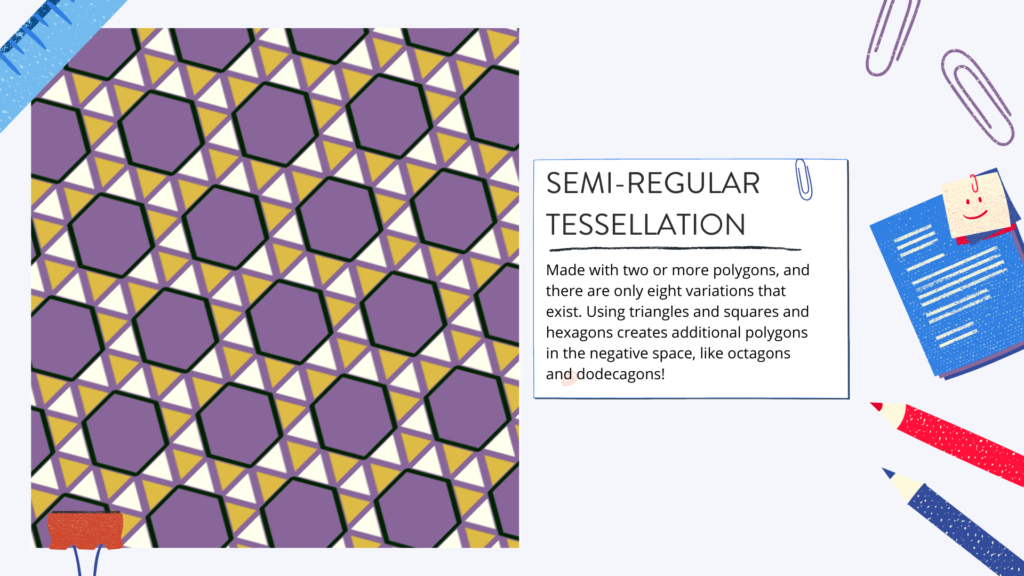

Another commercially available material, Heart Print Flex, was purposely produced and introduced to the market for these specific applications. Research has shown how models of this material printed with varying thickness were suitable to mimic the distensibility of different arteries or to accommodate a self-expandable stent in a model of a patient specific implantation site. One of the first 3D printing compatible flexible materials has been a commercially available compound (TangoPlus FullCure). Mimicking the distensible mechanical properties of the cardiovascular structures with 3D printed models is still challenging because of the inherent differences between the mechanical behavior of polymeric materials and that of human tissues. To plan procedures such as an insertion of a device or practicing surgical cuts and stitches, it is more appropriate to manufacture flexible models that can implement the realistic compliance of blood vessels. To communicate with patients, their parents, and for training of the junior clinical staff, colored models can facilitate the understanding of complex cardiovascular structures. To visually assess the anatomy, relatively inexpensive rigid models can be made of polymers like acrylonitrile butadiene styrene (ABS), polylactic acid (PLA), polyamides (e.g. The criteria of choice of the printing technology have to take into account time and costs of fabrication and, crucially, the intended use of the models. In the cardiovascular field, the most commonly used technologies are fused deposition modeling, selective laser sintering, sterolitography, and material jetting. In other chapters of this book, the authors have broadly explained the technologies available on the market for medical applications. The STL format can be transformed into a physical object by means of additive manufacturing. The Voronoi tessellation-based geometries have been extensively exploited in simulations thanks to the wide availability of Voronoi tessellation tools in 2D (in classical softwares such as MatLab) and in 3D thanks to the available open implementations such as VORO ++ ( Rycroft, 2009 Rycroft, Grest, Landry, & Bazant, 2006).Ĭlaudio Capelli, Silvia Schievano, in 3D Printing in Medicine, 2017 4.3 Patient specific models: 3D Manufacturing These alternative tessellations bear some link to the presence of inclusions (sphere/circles in this case), suggesting that the generation of inclusion-based geometries can be further exploited for tessellating space as will be explained in Sections 3 and 4. Laguerre tessellations use a sphere/circle power distance on circle/sphere seeds. The additively weighted Voronoï tessellation can be seen as using an Euclidean distance measure with circle/sphere seeds. For example, the Voronoï tessellation uses points as seeds and the Euclidean distance as distance measure. One sub-domain is generated for each seed and cells are exactly adjacent to each other as every point in the domain should have a nearest seed. Massart, in Advances in Applied Mechanics, 2021 2.2.1 Principles of classical tessellation methodsĬlassical tessellations techniques produce tilings by gathering in each tessellation cell points closer to a seed according to a certain distance measure. Not exactly a complete answer but hopefully gives the gist of the differences.Bernard Sonon. For example you can render cube shadow maps for point lights in a single pass by duplicating and projecting geometry 6 times to each of the cube's faces. The other very important thing a geometry shader provides is routing to layered render targets (texture arrays, faces of a cube, multiple viewports), something which must be done per-primitive.

One particularly useful mechanism is that it does stream compaction for you (packs its varying amount of output tightly so there are no gaps in the resulting array). Transform feedback has also been used with the geometry shader to do more compute operations. Works great with transform feedback to save the resulting mesh.

I've implemented marching cubes a number of times using geometry shaders too. They work great if you want to draw particles and turn points into very simple geometry. Yes, they can also generate more geometry than the input but they do not scale well. Examples are pretty application specific. There's also "conservative rasterization" where you might extend triangle borders so every intersected pixel gets a fragment. I've heard of shadow volume extrusion being done. For example, if you need to do stuff for each triangle (such as this), do it in a geometry shader. You could do some limited subdivision with a geometry shader, but that's not really what its for. An important part is adjacency information so you can do smoothing correctly and not wind up with gaps. The tessellation shader is for variable subdivision.


 0 kommentar(er)
0 kommentar(er)
